MANET is mobile adhoc network in which the infrastructure is formed using the mobile nodes without any centralized administration.DSR means dynamic source routing. DSR is reactive Manet routing protocol. In this paper the performance analysis of DSR reactive Manet routing protocols is made for throughput and delay using the opnet simulator. The DSR protocol is analysed on the basis of HTTP traffic because today the internet application are more important for secure communication. Some studies have been reported in the literature to evaluate the performance of Manet routing algorithm like DSR using HTTP with OPNET Simulator .
Keywords |
| MANET; DSR; HTTP; OPNET |
I. INTRODUCTION |
| MANET means mobile Ad-hoc network in which there is no centralized administrator for the control of nodes in the
network. For the mobility the nodes are free to move in the network environment without any infrastructure defined.
A MANET node communicates via the wireless link or channel and thus nodes are free to move randomly and hence
the topology used is dynamic in nature. Thus MANET nodes act as router for other mobile node in the adhoc network,
for this purpose routing in Manet is an important task. If the performance is analyzed on MANET then it can be
determined that which type of application can be used in the MANET. Here the DSR routing protocol is analyzed with
HTTP. |
| A Mobile Ad-hoc network (MANET) is a multi hop wireless network formed by a group of mobile node that has
wireless capabilities [1]. Ad-hoc is a communication mode that allows computers to directly communication with each
other without a router. In Latin, ad-hoc means “for this” meaning “for this special purpose” [1]. In ad hoc networks,
nodes do not start out familiar with the topology of their networks; instead, they have to discover it [1]. The basic idea
is that a new node may announce its presence and should listen for announcements broadcast by its neighbours [1].
Each node learns about nodes nearby and Static ad-hoc network the positions of a node may not change once it has
become a part of the network. Ex- Rooftop networks [1]. Each device in a MANET is free to move independently in
any direction. The primary challenge in building a MANET is equipping each device to continuously maintain the
information required to properly route the traffic [1]. In this paper the performance analysis of DSR routing protocol
for different node like 50, 70 and 100 is done using http with the help of OPNET modeller 14.5. |
II. DSR |
| Dynamic source routing protocol abbreviated as DSR is also a reactive protocol. The Dynamic Source Routing (DSR)
[1], [7] is one of the purest examples of an on-demand routing protocol that is based on the concept of source routing.
DSR used to updates its route caches by finding new routes. It updates its cache with new route discovered or when
there exist a direct route between source and destination node [4]. When a node wants to transmit data, it defines a
route for the transmission and then starts transmitting data through the defined route [4]. |
| In the DSR protocol, source node sends the routing request (RREQ) packets by means of flooding technology [4]. Each
RREQ packet includes source node address (Sid), destination node address (Did) and the unique request sequencenumber
(Request ID) [4]. An advantage of DSR is that nodes can store multiple routes in their route cache, which
means that the source node can check its route cache for a valid route before initiating route discovery, and if a valid
route is found there is no need for route discovery [4]. This is very beneficial in network with low mobility [4]. Since
they routes stored in the route cache will be valid longer. Another advantage of DSR is that it does not require any
periodic beaconing (or hello message exchanges), therefore nodes can enter sleep node to conserve their power [4].
This also saves a considerable amount of bandwidth in the network [4]. |
| The Dynamic Source Routing protocol (DSR) [3] is a simple and efficient routing protocol designed specifically for
use in multi-hop wireless Ad- hoc networks of mobile nodes. DSR allows the network to be completely self-organizing
and self-configuring, without the need for any existing network infrastructure or administration. The protocol is
composed of the two main mechanisms of "Route Discovery" and "Route Maintenance", which work together to allow
nodes to discover and maintain routes to arbitrary destinations in the ad hoc network. |
A. Route Discovery process in DSR |
| When a source node wants to start data transmission with a node in the network, it checks its routing cache [4] when
there is no route available to the destination in its cache or route is expired, it broad cast RREQ. When destination is
located or any intermediate node that has fresh enough route to the destination node, RREP is generated [4],[11].
When the source node receives the RREP it updates its caches and the traffic is routed through the route [4],[11]. |
B. Route Maintenance in DSR |
| When the transmission of data started, it is the responsibility of the node that is transmitting data to confirm the next
hop received the data along with source route [4]. The node generates a route error message, if it does not receive any
confirmation to the originator node [4]. The originator node again performs new route discovery Process [4]. |
| From [4] the DSR protocol is analysed on the basis of traffic parameters like FTP, HTTP, EMAIL and VIDEO
CONFERENCING on 35 nodes. |
| From [18] the DSR protocol is analysed for 50 and 100 nodes where the performance analysis for different parameter
like load, delays throughput is done. Also DSR for 50 nodes perform well than DSR for 90 nodes size [18]. |
III. PERFORMANCE METRICS |
A. HTTP |
| The HTTP traffic is considered here for the simulations since it is applicable in internet applications.
In HTTP Following are considered: |
| - HTTP traffic received packets per sec: Average number of packets per second forwarded to the HTTP
applications by the transport layers in the network. |
| - HTTP traffic sent packets per sec: Average number of packets per second submitted to the transport layer
by all HTTP applications in the network |
B. Delay |
| Represents the end to end delay of all the packets received by the wireless LAN MACs of all WLAN nodes in the
network and forwarded to the higher layer. |
| These delays include medium access delay at the source MAC, reception of all the fragments individually, and transfer
of the frames via AP, if access point functionality is enabled. |
C. Throughput |
| Represents the total number of bits (in bits/sec) forwarded from wireless LAN layers to higher layers in all WLAN
nodes of the network. |
| The average rate at which the data packet is delivered successfully from one node to another over a communication
network is known as throughput [4]. The throughput is usually measured in bits per second (bits/sec) [4]. A throughput
with a higher value is more often an absolute choice in every network [4]. |
| Mathematically, throughput can be defined by the following formula [4]: |
| Throughput= (number of delivered packet * packet size)/total duration of simulation |
| D. DSR Routing parameters |
| - DSR Routing traffic received : |
| Amount of routing traffic received in packets/sec in the entire network |
| - DSR Routing traffic sent: |
| Amount of routing traffic sent in packets/sec in the entire network |
IV. SIMULATION |
| In this paper the DSR is analysed using http with the help of OPNET MODELER 14.5.The OPNET SIMULATOR is
used to analyse the parameters like throughput ,delay for various node size like 50, 70, 100 mobile nodes. |
V. SIMULATION FOR DIFFERENT NODE SIZE |
| A. For 50 Nodes |
| Fig 1 shows the Amount of routing traffic Received and Sent in packets/sec in the entire network for 50 nodes. |
| Fig 2 show s the Average number of packets per second forwarded to the HTTP applications by the transport layers in
the network and Average number of packets per second submitted to the transport layer by all HTTP applications in
the network for 50 nodes. |
| Fig 3 represents the end to end delay of all the packets received by the wireless LAN MACs of all WLAN nodes in the
network and forwarded to the higher layer. This delay includes medium access delay at the source MAC, reception of
all the fragments individually, and transfers of the frames via AP, if access point functionality is enabled for 50 nodes.
And throughput which represents the total number of bits (in bits/sec) forwarded from wireless LAN layers to higher
layers in all WLAN nodes of the network for 50 nodes. |
| B. For 70 Nodes |
| Fig 4 shows the Amount of routing traffic Received and Sent in packets/sec in the entire network for 70 nodes. |
| Fig 5 show s the Average number of packets per second forwarded to the HTTP applications by the transport layers in
the network and Average number of packets per second submitted to the transport layer by all HTTP applications in
the network for 70 nodes. |
| Fig 6 represents the end to end delay of all the packets received by the wireless LAN MACs of all WLAN nodes in the
network and forwarded to the higher layer. This delay includes medium access delay at the source MAC, reception of
all the fragments individually, and transfers of the frames via AP, if access point functionality is enabled for 70 nodes.
And throughput which represents the total number of bits (in bits/sec) forwarded from wireless LAN layers to higher
layers in all WLAN nodes of the network for 70 nodes |
| E. For 100 Nodes |
| Fig 7 shows the Amount of routing traffic Received and Sent in packets/sec in the entire network for 100 nodes. |
| Fig 8 show s the Average number of packets per second forwarded to the HTTP applications by the transport layers in
the network and Average number of packets per second submitted to the transport layer by all HTTP applications in
the network for 100 nodes |
| Fig 9. Represents the end to end delay of all the packets received by the wireless LAN MACs of all WLAN nodes in
the network and forwarded to the higher layer. This delay includes medium access delay at the source MAC, reception
of all the fragments individually, and transfers of the frames via AP, if access point functionality is enabled for 100
nodes. |
| And throughput which represents the total number of bits (in bits/sec) forwarded from wireless LAN layers to higher
layers in all WLAN nodes of the network for 100 nodes |
| F. Comparison of Delay and throughput for 50,70 and 100 mobile nodes |
VI. CONCLUSION |
| From the above simulation the performance matrices like throughput and delay are analysed for 50, 70 and 100 mobile
nodes for dsr Manet routing protocol. From above it is observed analysis that throughput is more in 100 nodes than 50
and 70.Also the delay is less for 70 nodes than 50. |
| Also the traffic parameters like DSR routing traffic received and Sent are analysed for 50, 70 and 100 nodes. The
HTTP traffic Received and Sent is also analysed for 50, 70 and 100 nodes. For future the more traffic loads can be
considered for evaluation. |
Figures at a glance |
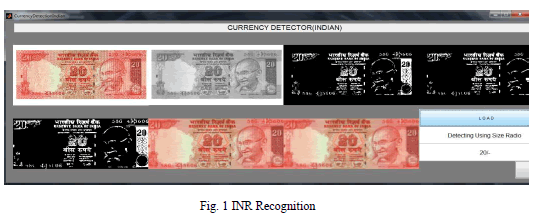 |
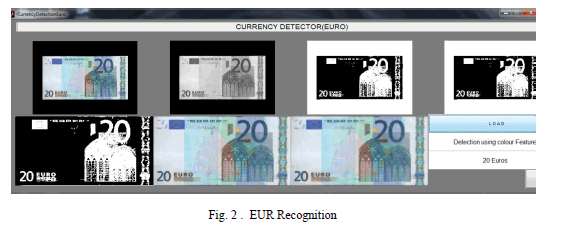 |
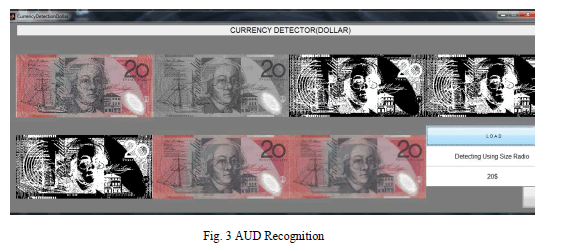 |
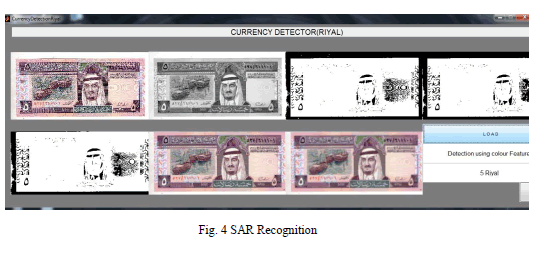 |
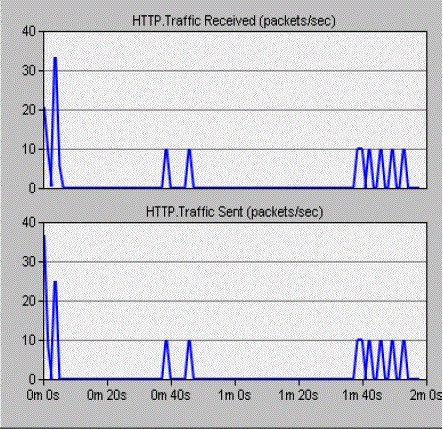 |
| Figure 1 |
Figure 2 |
Figure 3 |
Figure 4 |
Figure 5 |
| |
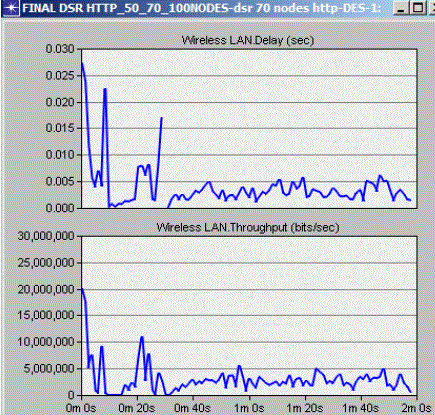 |
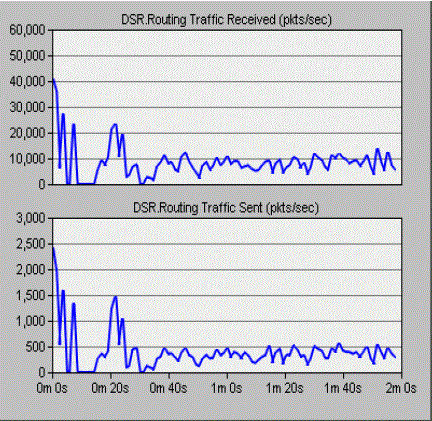 |
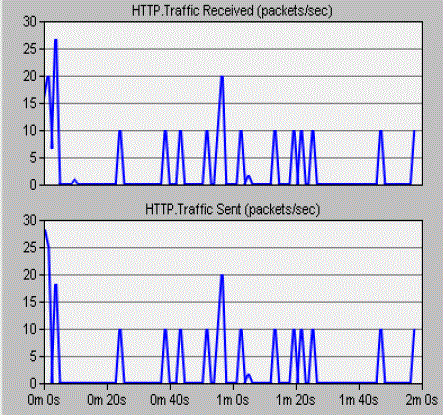 |
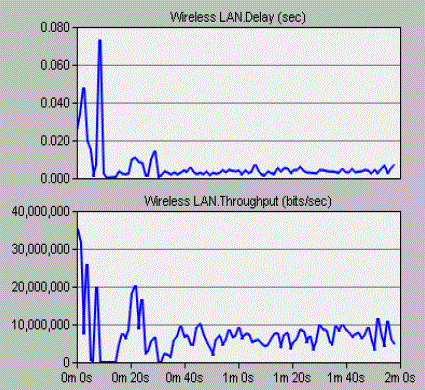 |
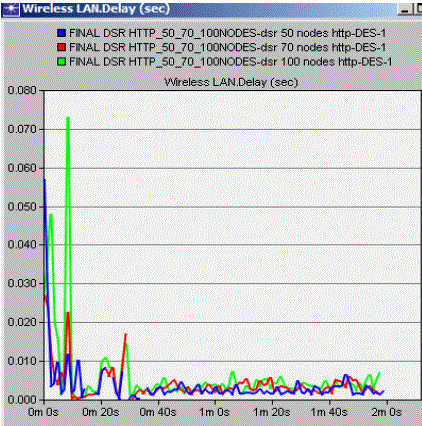 |
| Figure 6 |
Figure 7 |
Figure 8 |
Figure 9 |
Figure 10 |
| |
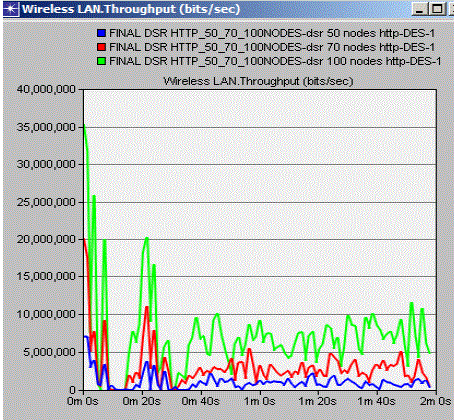 |
| Figure 11 |
|
| |
References |
- Monika Rajput, Pallavi Khatri, Alankar Shastri, Keshav Solanki, “Comparison of Ad-hoc Reactive Routing Protocols using OPNET Modeler”,International Conference on Computer Information Systems and Industrial Management Applications (CISIM) 978-1-4244-7818-7/ IEEE,2010
- PERKINS, C. E, BELDING-ROYER, E.DAS, S. R ,”Ad Hoc on-demand distance vector routing”, RFC 3561.
- JOHNSON, D. B, MALTZ, D. A., BROCH, J , “DSR: The dynamic source routing protocol for multi-hop wireless Ad- Hoc networks”
- Parulpreet Singh, Ekta Barkhodia, Gurleen Kaur Walia ,”Evaluation of various Traffic loads in MANET with DSR routing protocol throughuse of OPNET Simulator”, International Journal of Distributed and Parallel Systems (IJDPS) Vol.3, No.3, May 2012 DOI : 10.5121/ijdps.330875 ,2012
- OPNET TECHNOLOGIES, INC., „OPNET: Making networks and applications perform. Bethesda (USA)‟, OPNET Technologies, Inc. http://www.opnet.com,2005
- S.R. Chaudhry, A. Al-Khwildi; C.Y. Aldelou, H. Al- Raweshidy ,”A Performance Comparison of Multi on Demand Routing in Wireless AdHoc Networks”, IEEE International Conference on Wireless And Mobile Computing, Networking And Communications, Vol. 3, Aug. 2005pp.9 – 16,2005
- A. K.Gupta, H.Sadawarti and A.K.Verma,”Performance Analysis of AODV, DSR & TORA Routing Protocols”, IACSIT International Journalof Engineering and Technology, Vol.2, No.2, April 2010.
- Juan-Carlos Cano and Pietro Manzoni ,”A Performance Comparison of Energy Consumption for Mobile Ad-hoc Network Routing Protocols”,IEEE Transaction.,2000
- N. Karthikeyan, V. Palanisamy and K. Duraiswamy, “A Performance Evaluation Of Proactive And Reactive Protocols Using ns-2 Simulation”,International J. of Engg. Research & Indu. Appls (IJERIA).ISSN 0974-1518, Vol.2, No.II, pp 309-326 ,2009
- Opnet Technologies, Inc. “Opnet Simulator,” Internet: www.opnet.com
- Zhu, C. Lee, M.J.Saadawi, T 2003,”RTT-Based Optimal Waiting time for Best Route Selection in Adhoc Routing Protocols”, IEEE Military Communications Conference, Vol. 2, pp. 1054-1059, Oct, 2003
- F. Bertocchi, P. Bergamo, G. Mazzini, M. Zorzi ,”Performance Comparison of Routing Protocols for Ad Hoc Networks”, DI, University of Ferrara, Italy,2003
- Humaira Ehsan and Zartash Afzal Uzmi ,”Performance Comparison of Ad-hoc Wireless Network Routing Protocols”, IEEE Transactions,
- Amr M. Hassain, Mohammed, Youssef, Mohamed M. Zahra,”Evaluation of Ad Hoc Routing Protocols in Real Simulation Environments”,Electronics and Electrical Communications Department, Faculty of Engineering, AL-AZHAR University Cairo, Egypt.
- N. Karthikeyan, V. Palanisamy And K. Duraiswamy,”A Performance Evaluation Of Proactive And Reactive Protocols Using ns-2 Simulation”, International J. of Engg. Research & Indu. Appls. (IJERIA).ISSN 0974-1518, Vol.2, NoII , pp 309-326,2009
- Rashida Hashim, Qassim Nasir, Saad Harous (2007),”Congestion Aware Multi-path Dynamic Source Routing Protocol (CAWMP-DSR) for Mobile Ad-Hoc Network”, in Proceedings of MoMM2007, pp. 199-205,2007
- Diya Naresh Vadhwani, Deepak Kulhare ,”TRAFFIC ANALYSIS OF DSR, AODV AND OLSR USING TCP AND UDP”, InternationalJournal on Computer Science and Engineering (IJCSE) ISSN : 0975-3397 Vol. 5 No. 04 Apr 2013 221- 225,2013
- Kuldeep Vats,Manoj,Deepak Rohilla, Amit Rathee ,”802.11(a) based Simulation and Performance analysis of DSR Routing Protocol usingOPNET”, INTERNATIONAL JOURNAL OF COMPUTER APPLICATION, issue 2 Vol 4 (august 2012) ISSN-2250-1797-202-210, 2012
|
BIOGRAPHY |
| Diya Naresh Vadhwani is a MTECH Student in CSE, CIIT, RKDF group of institution Indore, RGPV University, M.P
Bhopal, India |
| Mr. Deepak Kulhare is working as Associate Professor at Department of CSE, CIIT, RKDF group of institution Indore,
RGPV University M.P, India |
| Megha Singh is working as Assistant Professor at Department of CSE, CIIT, RKDF group of institution Indore, RGPV
University M.P, India |